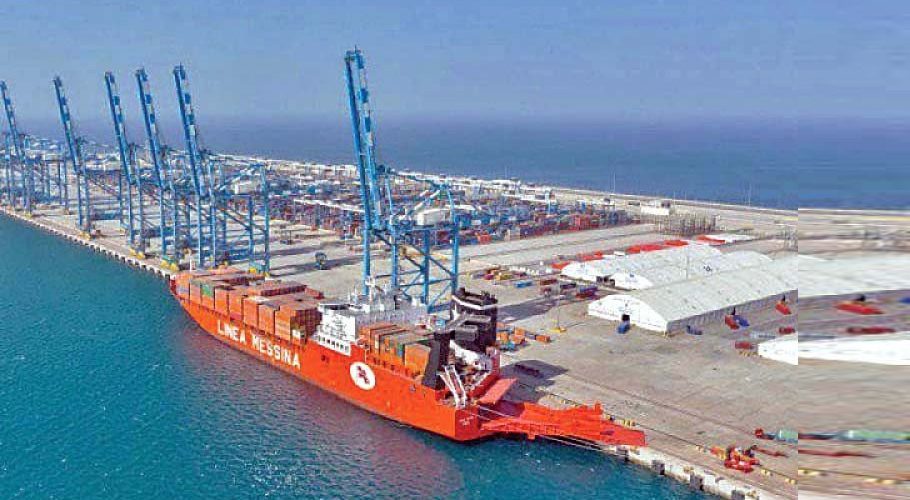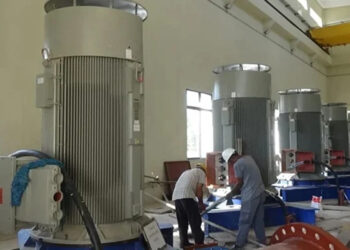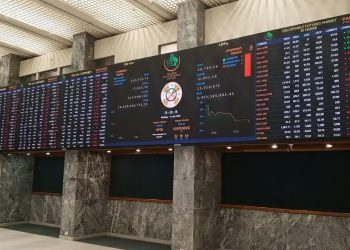An earthquake with a magnitude of 4.4 struck Lahore and several other cities across Punjab province. According to the National Seismic Monitoring Centre, the tremor occurred at a depth of 12 kilometers. No casualties or property damage have been reported thus far.
Pakistan lies in a seismically active region due to its position along the boundary between the Indian and Eurasian tectonic plates. The Indian plate’s continued northward movement into the Eurasian plate contributes to frequent seismic activity across much of South Asia.
In recent weeks, Karachi, the country’s financial capital, has experienced a surge in seismic events. Residents reported approximately 49 minor tremors last month.
Chief Meteorologist Ameer Hyder Leghari attributed this increase to renewed activity along the Landhi Fault Line, which has become active after decades of dormancy and is currently undergoing a normalization phase.
Earlier in May, a magnitude 5.3 earthquake was felt in Islamabad and various districts of Khyber Pakhtunkhwa, including Mardan, Swat, Nowshera, Swabi, and North Waziristan. That event originated in Afghanistan’s Hindu Kush region at a depth of 230 kilometers.

































